Building Conservation-Based Businesses (Case: Building Social Forest Business)
-
- Venue and Time:
- Seminar Room 3rd floor, Labtek XI, SITH, ITB
- 1st March 2018, 8.00 – 11.00 am
- Speaker:
- Dr. Ir. Bambang Supriyanto M.Sc.
Dr. Ir. Bambang Supriyanto M.Sc is the guest lecture in this Seminar. He is the Director General of Social Forestry and Environmental Partnership of the Ministry of Environment and Forestry of the Republic of Indonesia. In the beginning of the discussion, Dr. Bambang accentuated that the purpose of this public lecture is to provide understanding to students of one of the latest forest management programs, which is called Perhutanan Sosial (PS). Three pillars to evaluate the program are ecology, social and economy. Prior to social forestry, Indonesia has gone through two phases of forest managements. First, timber extraction is applied in the Dutch and Japan colonialism period. Second, timber management provides management access only to certain companies. The community does not have access to enter the forest or even benefit from it even though forest are their source of livelihood. This leads to social inequality and often leads to conflict.
Indonesia has a forest area of 120.7 million ha and as many as 10.2 million people living in poverty around the area. The population is equivalent to 36.73% of the total poor population in Indonesia. It seems unfair for those who live around the natural resources that they cannot benefit from the resources. These are issues behind the social forestry program. The government hopes to improve the welfare of the people around the forest by involving them in sustainable forest management. Social forestry is regulated in PERMEN LHK no P.83 / Menlhk / Setjen / Kum.1 / 10/2016. The government allocated 12.7 million ha of forest land for the program. There are several types of social forestry, such as village forests, community forests, and community crops. The program is known by the “FIVE Finger” slogan. Further explanation can be viewed on the website http://pskl.menlhk.go.id/.
Granting access by it self is not enough to succeed in social forestry programs. The community needs facilitators in the forest management process. Facilitators play an important role in planning governance from the on farm to off farm phases. The program should contains institutional planning, understanding of land, understanding of business, funding, and marketing. It should be understood that business education should be holistic. So it needs to apply the principle of economic entrepreneur, that is to do with creativity and innovation to give added values. Some examples of successful programs are the Padang Tangerar Coastal Forest Reserve which produce Kelulut honey, HKm Sinar Jawa which provides 5,000 watt electricity for 60 residents, and Kalibiru community forest that successfully implement the concept of ecotourism.
Social forestry has provided significant changes to the social and economic life of the community and maintained forest sustainability. The perceived obstacle is the lack of facilitators. To manage the forest area of 12.7 million, the program needs assistance from NGOs, students and societies. The social forestry program is expected to be the answer of social imbalance in Indonesia.
Writer: Rizqy Fachria,
Editor: Dr. Yooce Yustiana
Translator: Gita Kemala
- Venue and Time:
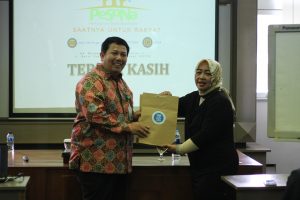
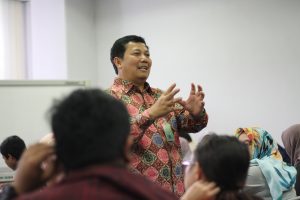
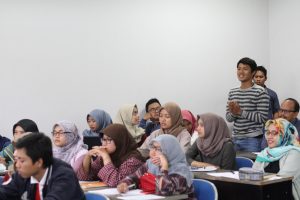





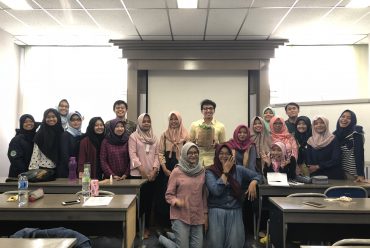
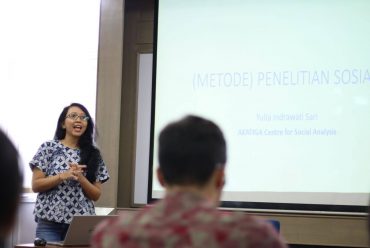

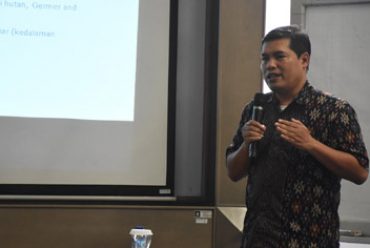

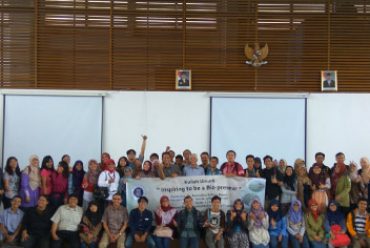
No Comments